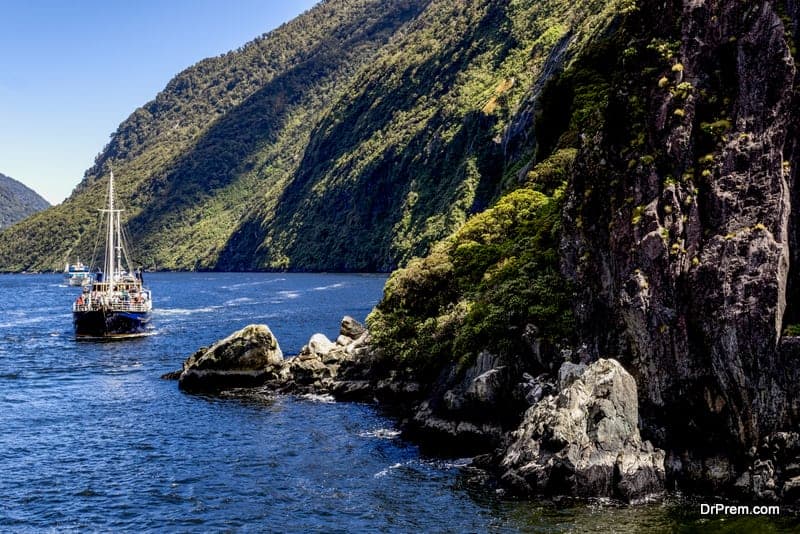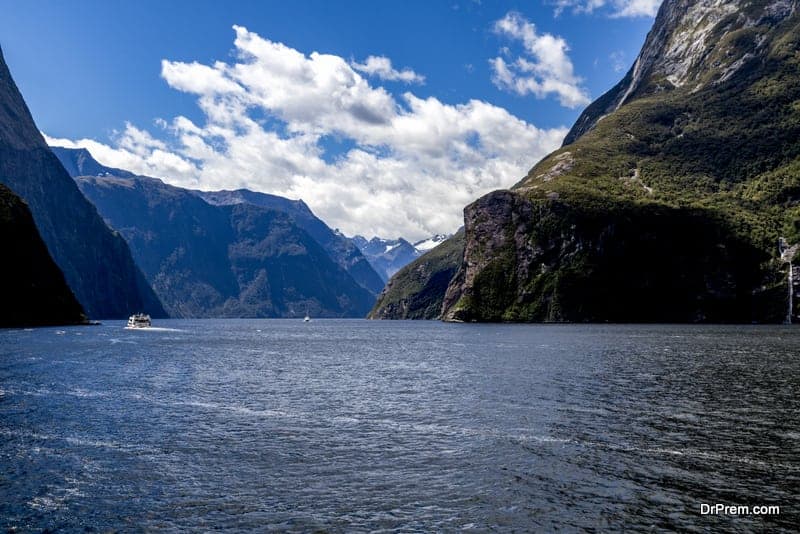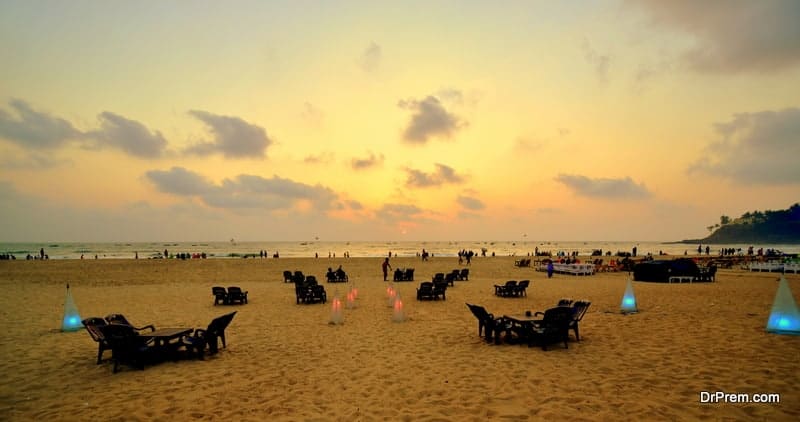Researchers of New Zealand, New Caledonia and Australia have finally established the existence of the real-life Atlantis – Zealandia the 8th continent. The existence of Atlantis, the mysterious landmass housing a utopian civilization is a myth or reality has been haunting the public memory since long.
The name first appeared in two of the Plato’s dialogues scripted around 330 BC. Ever since then people have put their fortune and fate at stake in the quest of discovering the lost continent. For nearly two millennia, Atlantis remained as a myth since it could not be traced in spite of advancements in oceanography and sea-floor mapping.
It was even assumed that there would be absolutely no place for the continent to sink as the sea floor has spread apart due to tectonic movement. But the recent confirmation of the existence of Zealandia, the 8th continent in the world has perhaps put an end to all debates.
Zealandia, the 8th continent – An overlooked landmass:
 Conventionally, only seven continents exist on the planet earth. There is no international body to assign continents on the basis of landmass size but Zealandia is a continent by its own right. It is a 4.9 million square kilometer of continental landmass whose 94% lies under the water.
Conventionally, only seven continents exist on the planet earth. There is no international body to assign continents on the basis of landmass size but Zealandia is a continent by its own right. It is a 4.9 million square kilometer of continental landmass whose 94% lies under the water.
Only New Zealand and New Caledonia exist at the tip of the nearly submerged landmass. Australia, the smallest continent is of 7.6 million square kilometers landmass. Zealandia has not been an accidental discovery.
The name was first proposed in 1995. Since last decade, the researchers were busy unearthing the secrets of this hidden landmass to drive in a scientific cause to establish Zealandia, the 8th continent of the world.
The latest issue of Geological Society of America Today brushes aside the possibility of any new continent excepting the existing seven but the team of researcher debates that Zealandia, the hidden continent of the world should be taken into consideration after analyzing its features.
Exploring Zealandia, the hidden continent of the world:
It was a 9-week voyage of enthusiastic scientists from all over the world to plumb the remote ocean beds off Australia and New Zealand. The existence of Zealandia, the 8th continent of the planet was revealed during this trip.
This $120 million ocean drilling program was scheduled for 6 voyages of 18 months duration and was funded by the 23-nation International Ocean Discovery Program. The program director, Jamie Allan of the US National Science Foundation’s Division of Ocean Sciences remarked that this ocean drilling has been revealing 60 million-year-old secrets of Zealandia, the long-lost continent.
At the start of 2017, scientists argued about the existence of this narrow strip of landmass lying 3280 feet (about 1000 meters) below the sea level off the east coast of Australia. Geologists could hardly explore this landmass mainly due to its remote location.
However, scientists aboard the research drilling vessel JOIDES Resolution drilled the sediment cores of six sites encompassing the Zealandia oceanic bed and brought to surface the elements of 70 million years of the continent’s history.
The hidden landmass was not always submerged:
 From a treasure trove of fossilized bodies discovered from the ocean bed, scientists studied 8000 specimens clearly identifying several hundred species. The study of microscopic shells of organisms that existed in shallow waters and spores of land plants revealed a dramatically different geographic and climatic landscape of Zealandia.
From a treasure trove of fossilized bodies discovered from the ocean bed, scientists studied 8000 specimens clearly identifying several hundred species. The study of microscopic shells of organisms that existed in shallow waters and spores of land plants revealed a dramatically different geographic and climatic landscape of Zealandia.
Zealandia – a profound example of global plate motion change:
The secrets of Zealandia also brought to light a few other interesting facts. About 100 million years ago Australia, New Zealand and Antarctica constituted a mega-continent. A tectonic shift initiated 50 million years ago gradually separated Australia and New Zealand but the area that shifted the continents remained under compression for millions of years.
At the final stage of the tectonic shift, the Pacific plate of Zealandia became less buoyant due to thinning of the crust. It slipped beneath the ocean forming a new geological zone relieving the preexisting compressive force of the region.
The scientists are of the opinion that a chain of volcanic reactions making up the Pacific region’s Ring of Fire buckled the disintegrated landmass of Zealandia dramatically restructuring its landscape.
The drilling also revealed how plants and animal species remained dispersed across the South Pacific Ocean. Long past, shallow seas and small strips of land facilitated migration of species from one region to another.
It is interesting to note that Zealandia houses considerable inshore fisheries and gas fields of which Maui gas field of New Zealand is the largest. The continent’s mineral resources comprise of iron sands, deposits of ferromanganese nodules and massive chunks of volcanic sulfides.
Can Zealandia be considered as a continent?
 Scientists believe that this hidden landmass has all the constituents to be included among the seven existing continents. Firstly, it is the high elevation compared to the region’s oceanic crust that strongly supports it to be a continent.
Scientists believe that this hidden landmass has all the constituents to be included among the seven existing continents. Firstly, it is the high elevation compared to the region’s oceanic crust that strongly supports it to be a continent.
Next is the presence of three types of rocks, igneous, volcanic or metamorphic created by severe heat and pressure or sedimentary rocks formed through erosion, a feature prominent in all the existing continents.
Finally, its area is large enough to label it as a continent instead of considering it as a micro-continent. But the scientists put more value in recognizing the existence of Zealandia, the 8th continent rather than considering it as a mere inclusion in the list.
Zealandia – Opening up new opportunities for geological exploration:
That such a vast landmass can exist submerged under the ocean without being fragmented itself is thought-provoking leading towards further exploration of theories in cohesion and disintegration of the continental crust.
Exploring Zealandia, the 8th continent can unearth many facts regarding the evolution of earth’s climate last 60 million years. It could further reveal the gradual changes of ocean currents occurred in that period.
In-depth exploration of the recovered sediment cores would give deeper insight into studies of oceanography enabling scientists to address issues like extreme climatic conditions, plate tectonic movements and earthquake initiating zones.
The real-life Atlantis – Zealandia has been churning news ever since the confirmation of its existence. The legend that originated from Plato’s writings has now turned into an interesting subject of geological exploration that would teach us how earth’s landmass behaved in the past and how it would behave in future.




